The UK’s Advanced Research and Innovation Agency (Aria) is to spend £57 million on projects that explore the feasibility of various climate cooling approaches and how to navigate public engagement in this controversial area.
Researchers are divided about such approaches, which include techniques that inject aerosols into the stratosphere to reflect solar radiation back to space, or shoot seawater sprays from boats to make low cloud more reflective. Critics are concerned that such technologies could change large-scale weather and rainfall patterns and could also shift the emphasis away from cutting back on climate-warming emissions.
Aria will fund 21 projects that involve modelling and lab tests, as well as five small-scale ‘outdoor’ experiments. The agency stresses that a public consultation will take place before any outdoor experiment can happen. These studies include exploring the efficacy of rethickening Arctic Sea ice and how seawater spray and electric charge affects cloud reflectivity.
Another project will look at how mineral dusts age in the stratosphere. While some proposed climate-cooling strategies have suggested injecting sulfate aerosols into the stratosphere, a £5.5 million project led by Hugh Hunt from the University of Cambridge will investigate the behaviour of less hazardous alternatives. Using specially adapted weather balloons, the team will launch milligram quantities of materials that occur in natural mineral dust (such as limestone, dolomite, or corundum) into the stratosphere for different lengths of time ranging from hours to weeks. The materials will stay on the balloons until they are recovered in controlled descents, allowing the team to study how stratospheric conditions affect the properties of the various materials over time.
Other projects will gather real-world data about existing atmospheric processes. For example, a team from the University of Bristol led by Matt Watson will develop automated drones to observe and analyse emissions from active volcanoes that release aerosols into the atmosphere. By analysing three regularly erupting volcanoes, the research will investigate how tiny cloud droplets form and how natural aerosol layers affect radiation. A key goal is to develop a rapid-response capability, allowing researchers to safely gather crucial data from future eruptions.

‘Engineering cooling is necessary because in spite of measurements and meetings and international treaties during the past 70 years, the annual emissions of greenhouse gases have continued to increase,’ says Stuart Haszeldine, an expert in carbon capture and storage at the University of Edinburgh. ‘Natural processes can cool the climate, notably volcanic eruptions can place tiny rock particles and sulfur gases high into the stratosphere. In the geological and recent past, these have cooled Earth temperatures by 1 or 2°C for two to five years. The scientific understanding of short timescale Earth behaviour is not yet good enough to make reliable predictions. So, research is needed, together with testing of remedies in the real world not just in laboratories.’
However, Mike Hulme, a human geographer at the University of Cambridge, thinks £57 million is a huge amount of taxpayers’ money to spend on an ‘assortment of speculative technologies’ that would be better spent on reducing dependence on fossil fuels or removing carbon dioxide from the atmosphere. ‘These [climate cooling] technologies will always remain speculative and unproven in the real world until they are deployed at scale. Just because they “work” in a model, or at a micro-scale in the lab or the sky, does not mean they will cool climate safely, without unwanted side-effects, in the real world. There is therefore no way that this research can demonstrate that the technologies are safe, successful or reversible.’


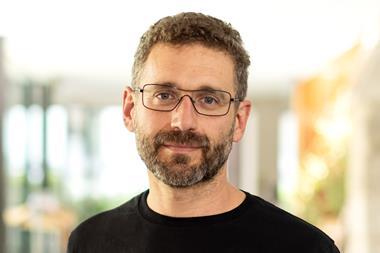
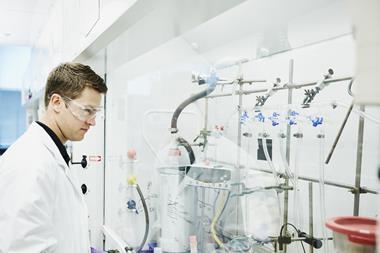

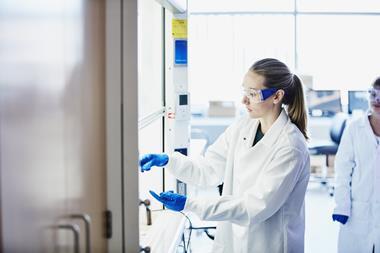
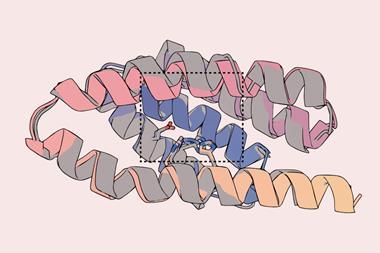

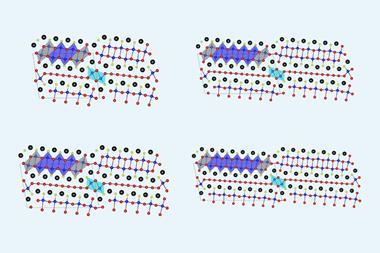
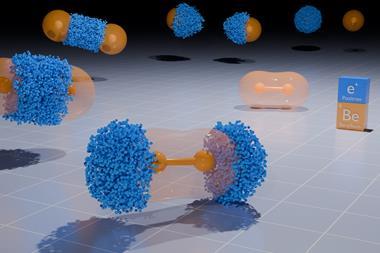

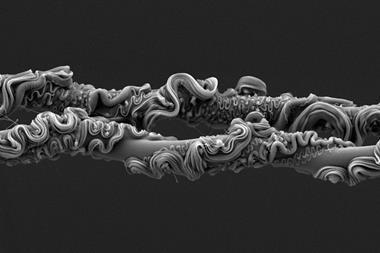
No comments yet